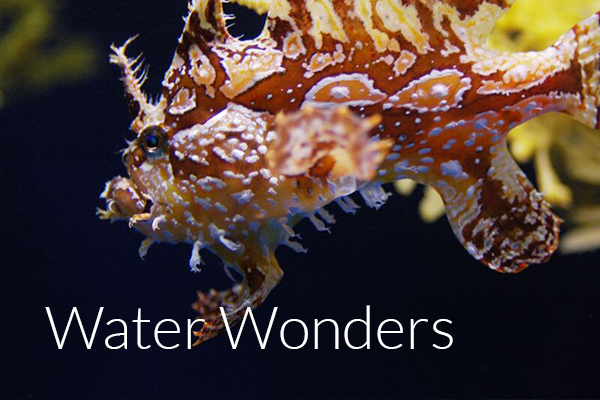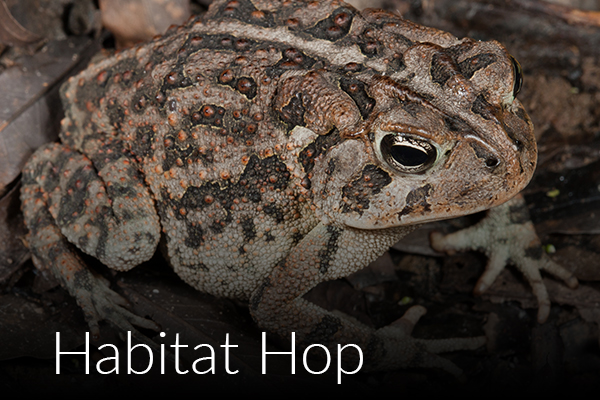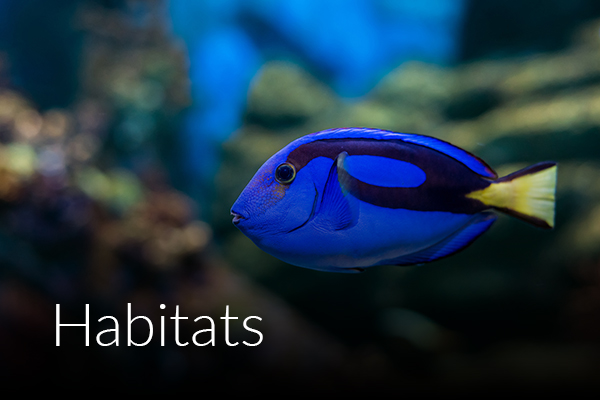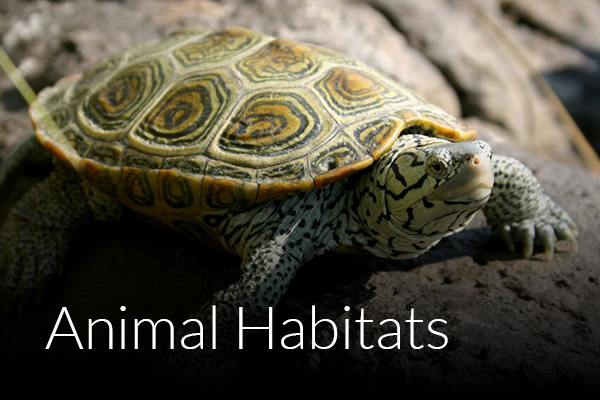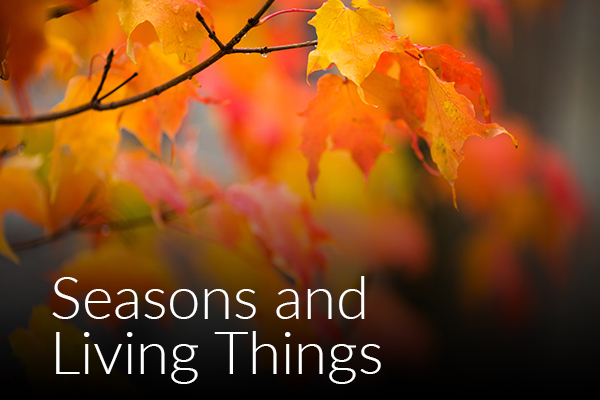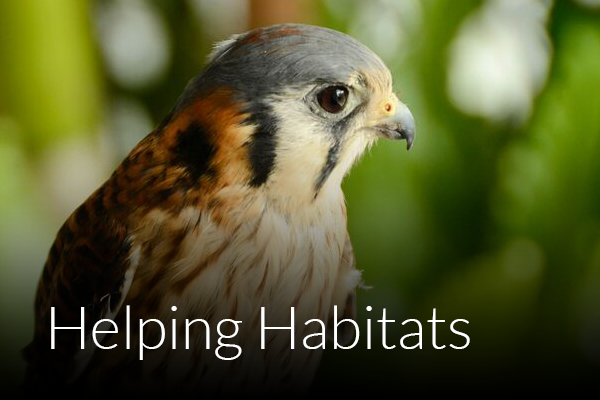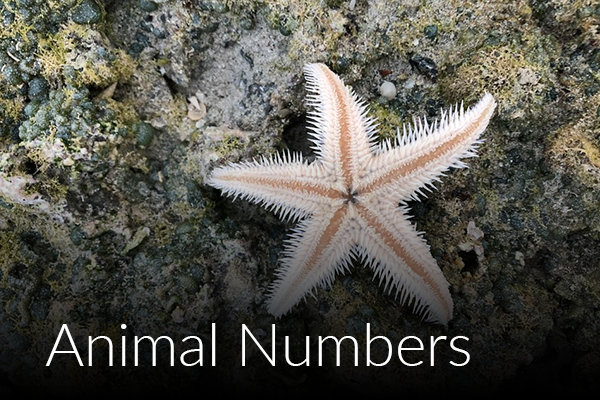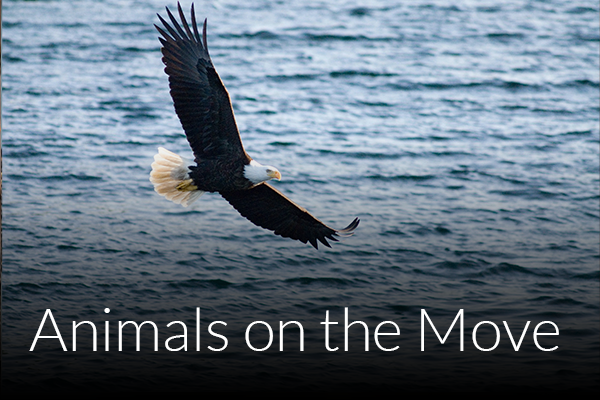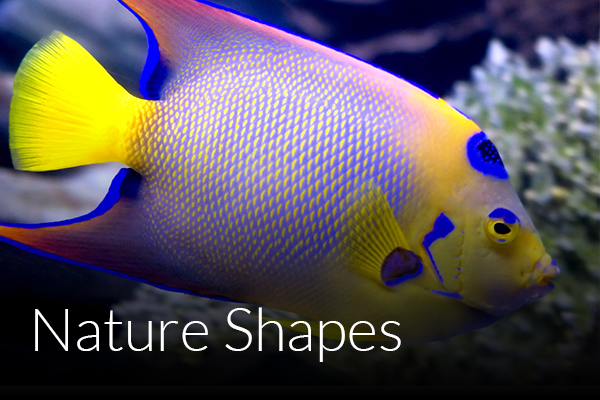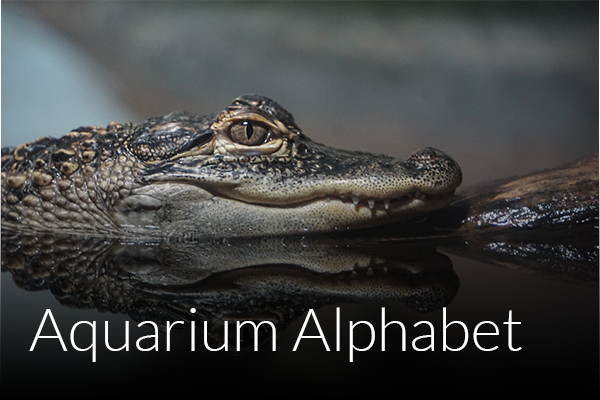Habitats
The South Carolina Aquarium, in partnership with teachers, has created this online curriculum for teachers to use with their students in the classroom. The curriculum theme for kindergarten, 1st and 2nd grade is Habitats, a place where an organism lives. The activities teach concepts that build on this theme. All activities are based upon South Carolina Standards, and each activity contains background information, procedures, materials lists, standards addressed, assessments, curriculum extensions and resource lists. We hope teachers will enjoy this resource!
If you are a teacher planning to participate in our Habitats School Program, we recommend completing 3 activities before your program. Those activities include: Living Things, Water Wonders and Habitat Hop. The most important activity being Habitat Hop.
We have added at-home and virtual learning modifications to our recommended activities. Be sure to see how you can engage your students at-home and virtually with our activities!
The preschool activities follow the South Carolina Early Learning Standards and foster learning using movement and fun. We hope to add more preschool activities in the future so please come back and see what’s new! Thank you PNC Foundation for your support in creating these preschool lessons.

